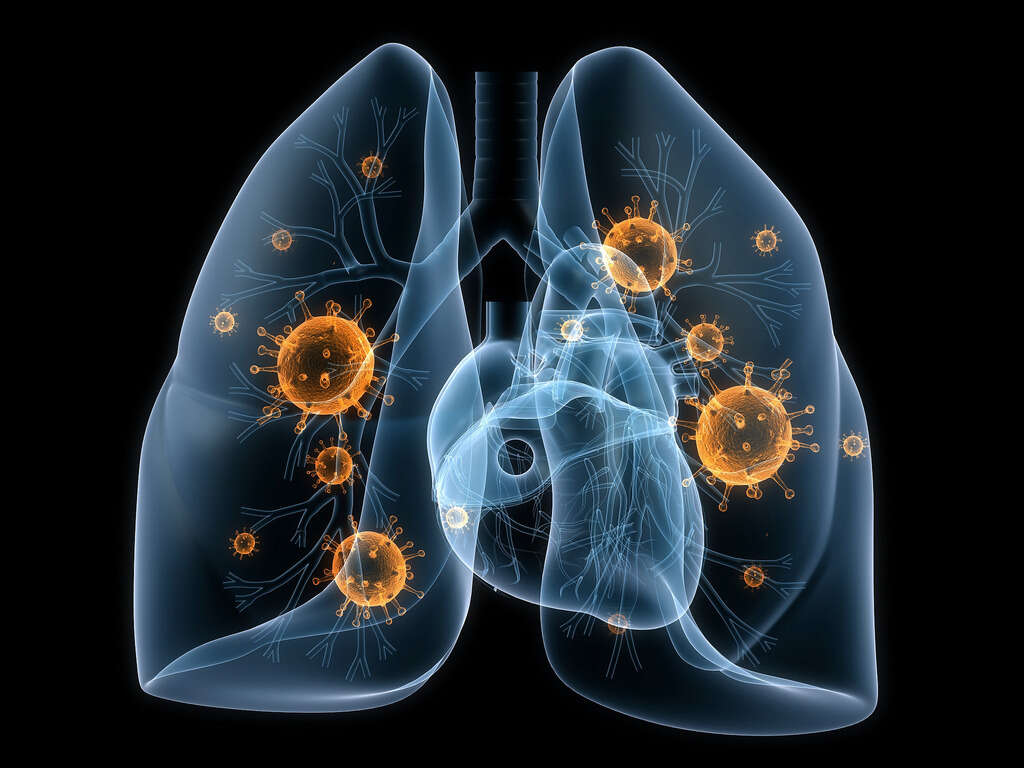10 SAD Symptoms
Seasonal affective disorder (SAD) is a condition that can occur among individuals who have normal mental health through most of the year. These individuals tend to experience and exhibit depressive symptoms at the same time annually. This is most commonly seen during the winter season.
Seasonal affective disorder has been thought to be due to the body’s response to the reduction of sunlight. Treatment includes medication, light therapy, cognitive behavioral therapy, melatonin supplementation, and ionized air administration.
In the United States, seasonal affective disorder ranges from 1.4 percent in Florida to 9.9 percent in Alaska.

Symptom #1: Oversleeping or Insomnia
Oversleeping or hypersomnia refers to excessive time that has been spent sleeping. There are many causes to hypersomnia such as obstructive sleep apnea, narcolepsy, major depression disorder, and seasonal affective disorder.
Insomnia is the opposite of hypersomnia with the affected individual having difficulty sleeping. It can occur in different sleep stages such as difficulty falling asleep or staying asleep. Insomnia can be seen in stress, heart failure, chronic pain, menopause, side effect of medication, and excess caffeine intake. Insomnia is also a possible symptom for seasonal affective disorder.

Symptom #2: Fatigue or Lethargy
Fatigue refers to the gradual feeling of tiredness that can be alleviated with rest. It can be divided into physical and mental fatigue. Lethargy describes a feeling of fatigue, lack of energy, tiredness, or weariness. Both fatigue and lethargy can be seen in patients with depression, seasonal affective disorder, nutritional deficiency, malabsorption, infection, and hypothyroidism, among others.
Fatigue and lethargy are common and nonspecific symptoms that mostly resolve once the underlying cause has been dealt with. Individuals with persistent fatigue or lethargy should seek medical advice as it can negatively impact activities and quality of life.

Symptom #3: Overeating or Decreased Appetite
Overeating occurs when there is consumption of excessive food when compared to the energy expended. When overeating occurs for an extended duration, it can lead to unwanted weight gain and obesity. It can be regarded as an eating disorder. In depression and seasonal affective disorder, overeating can be a way for the affected individual to comfort themselves.
Decreased appetite or anorexia is a common symptom of various disorders. It can be seen in infection, fever, depression, and seasonal affective disorder. Decreased appetite can also lead to weight loss.

Symptom #4: Suicidal Ideation
Suicidal ideation or suicidal thoughts occur when an individual has preoccupying thoughts of suicide. It can be comprised of suicide planning, incomplete attempts, and role playing. Although most individuals with suicidal ideation do not proceed to a suicide attempt, it is still considered to be a risk factor for suicide.
These thoughts have been associated with depression, seasonal affective disorder, borderline personality disorder, and other mood disorders. Individuals having suicidal ideation should reach out to a friend, family member, support group, or any person they feel comfortable with for help. Counseling should be recommended.

Symptom #5: Social Isolation
Social isolation or withdrawal describes the state of partial or complete lack of contact between one individual and the rest of society. It should not be confused with loneliness where there is only a temporary lack of contact with others.
Social isolation can occur in any individual regardless of age or gender. Social isolation can be seen in individuals who experience domestic violence, health issues, disabilities, loss of someone close, family crisis, unemployment, aging, depression, and seasonal affective disorder.

Symptom #6: Decreased Libido
Libido is a term that describes an individual’s overall desire for sexual activity or sexual drive. It is often an important factor in the development and maintenance of intimate relationships. Changes or issues with the libido often results in relationship problems. It may also lead to infidelity.
A decreased libido means that there is a low sexual drive or desire. It can be seen when there is stress, low self-esteem, poor body image, mental health issues (such as depression, anxiety, or seasonal affective disorder), history of abuse, and history of negative sexual experiences.

Symptom #7: Anhedonia
Anhedonia is a term describing reduced ability or motivation to experience pleasure. This can be seen when individuals no longer feel encouraged or feel pleasure from activities that they once enjoyed. It is an important component often seen in depressive disorders (such as major depression disorder and seasonal affective disorder), personality disorders, substance-related issues, and psychotic disorders.
Anhedonia is thought to be due to the affected prefrontal cortex especially the striatum, amygdala, orbitofrontal cortex, hypothalamus, anterior cingulate cortex, and ventral tegmental area.

Symptom #8: Unpleasant Feelings
In disorders such as depression, anxiety, seasonal affective disorder, and other mood disorders, patients may experience unpleasant feelings such as worthlessness, guilt, and helplessness. There is often pessimism as well.
For example, the affected person may feel excessively guilty about a past issue where their conscience blows things out of proportion. This can cause feelings of immense remorse. These unpleasant feelings can lead to suicidal ideation and self-harm. Individuals who experience these issues should seek professional help.

Symptom #9: Agitation and Difficulty Concentrating
Agitation occurs when there is restlessness, purposeless motions, and emotional distress. Examples include pacing around a room and wringing of the hands. Individuals who are agitated can also be more irritable and prone to anger or frustration. It can be seen in various mental disorders, alcohol withdrawal, and Parkinson’s disease.
Patients with seasonal affective disorder can be agitated and have difficulty concentrating. When one has difficulty concentrating, there can also be issues with making decisions and planning. This can greatly impact work and school.

Symptom #10: Anxiety
Anxiety is an unpleasant emotion where there is inner turmoil. There can also be nervous behavior such as rumination, repeated pacing, and somatic complaints. The affected person often has feelings of dread regarding anticipated events (which have yet to occur). It should not be confused with fear, which is a response to immediate threat (while anxiety occurs with possible scenarios).
Anxiety is associated with excessive worrying, uneasiness, muscular tension, fatigue, and difficulty concentrating. It is a symptom that can be seen in obsessive compulsive disorder, stress, and seasonal affective disorder.












